The Battle of Bunker Hill
The Battle of Bunker Hill, fought on June 17, 1775, is one of the most iconic and familiar events in American history. It was our first pitched battle against the British army and, although technically a defeat, the efforts of the American militiamen were inspirational.
When the British retreated from the battles of Lexington and Concord on April 19, they passed through the Charlestown Peninsula on their way back to Boston. Rather than fortify this critical neck of land with two hills that overlooked Boston harbor, General Thomas Gage, the British commander, removed all his troops into the city. The troops would pay a dear price for his error.
The importance of this landmass can be easily understood by looking at a map of Boston and the surrounding area in the 1770s, before modern development. The city sat on an exposed peninsula in the middle of Boston Harbor.
A Plan of Boston, and Its Environs
To the northwest was the Charlestown Peninsula, which included Charlestown and two high points, Breeds Hill (62 feet in elevation and closer to Boston) and Bunker Hill (110 feet high and easier to defend). Guns strategically placed on these rises could easily reach the soldiers stationed in the city and the ships in the harbor.
In June, to fix this error, General Gage planned to move troops back to the Charlestown Peninsula and occupy the two hills. However, as was often the case in colonial Boston, his plans were leaked to the Americans, and they immediately took action.
General Artemis Ward, the commander of the colonial militia, ordered Colonel William Prescott to secure Bunker Hill. Prescott took about 1,200 men onto the peninsula the night of June 16 but, for reasons still unknown, Prescott occupied Breed’s Hill instead of Bunker Hill.
The noise created by the Americans digging their entrenchments did not go unnoticed by the Redcoats. However, the British, being the British, needed time to study the situation and organize everyone into proper order before launching their assault. Incredibly, not until 3:00pm on the 17th, were the British commanders ready to attack the strong American position.
The first assault saw the British soldiers, in parade formation and with full backpacks, march up Breed’s Hill completely in the open towards the American lines. Colonel Prescott reportedly told his men, “don’t fire until you see the whites of their eyes.” Consequently, neither side fired until the Redcoats were about 50 paces away and then the militia opened up and decimated the British ranks.
The opening volley forced the attackers, those that could still move, down the hill to their starting point. Amazingly, these brave men were reorganized by their officers and sent back up the hill. This time the troops advanced with an extra impediment; they needed to step over fallen comrades, injured and screaming and asking for help. The result of this second charge was the same as the first when the Americans opened their withering fire. Back down the hill went the Brits.
Stunned and embarrassed at the American’s success, General Gage could not stop now; there was too much credibility to lose by failure. Consequently, the English lined up again, but this time they got rid of their backpacks, fixed their bayonets, and raced up the hill. The combination of the Americans running low on ammunition and the fear of the seventeen-inch British bayonets caused the Americans to lose heart and abandon the field to the Redcoats.
John Trumbull. “The Death of General Warren at the Battle of Bunker's Hill.”
By 5:00pm, the battle was over. While the British could claim a tactical victory, their losses were devastating. In total, they suffered 1,054 casualties, about one third of their entire attacking force. Importantly, they lost about 100 commissioned officers. General Henry Clinton wrote, “A few more such victories would have shortly put an end to British dominion in America.”
The Americans lost about 450 men, including General Joseph Warren, a leader of colonial resistance to England. However, the militia gained confidence from their standup fight. Additionally, they showed a grit and determination that impressed all, including the British. As one of their officers remarked, “The Americans, if they were equally well commanded, are full as good soldiers as ours.”
WHY IT MATTERS
So why should the Battle of Bunker Hill matter to us today? In this first major battle against the greatest power on earth, the under trained and under equipped American militiamen acquitted themselves well.
Although we did not hold the field, the British paid dearly for their gains. This painful lesson would impact how the English would conduct future operations.
Our brave men had shown everyone that they were no rabble to be taken lightly. We should be proud of their inspirational efforts.
SUGGESTED READING
Bunker Hill: A City, A Siege, A Revolution, written by Nathaniel Philbrick, is one of the best accounts of the Battle of Bunker Hill. Published in 2014, this book is well written and a pleasure to read.
PLACES TO VISIT
Bunker Hill Monument and the Bunker Hill Museum are located across the street from one another in the Charlestown section of Boston. The Monument is a 221-foot granite obelisk and was completed in 1843. The adjoining Museum was opened in 2007 and tells the story of this pivotal event. A visit to Boston for all history buffs should include these sites.
Until next time, may your motto be “Ducit Amor Patriae,” Love of country leads me.

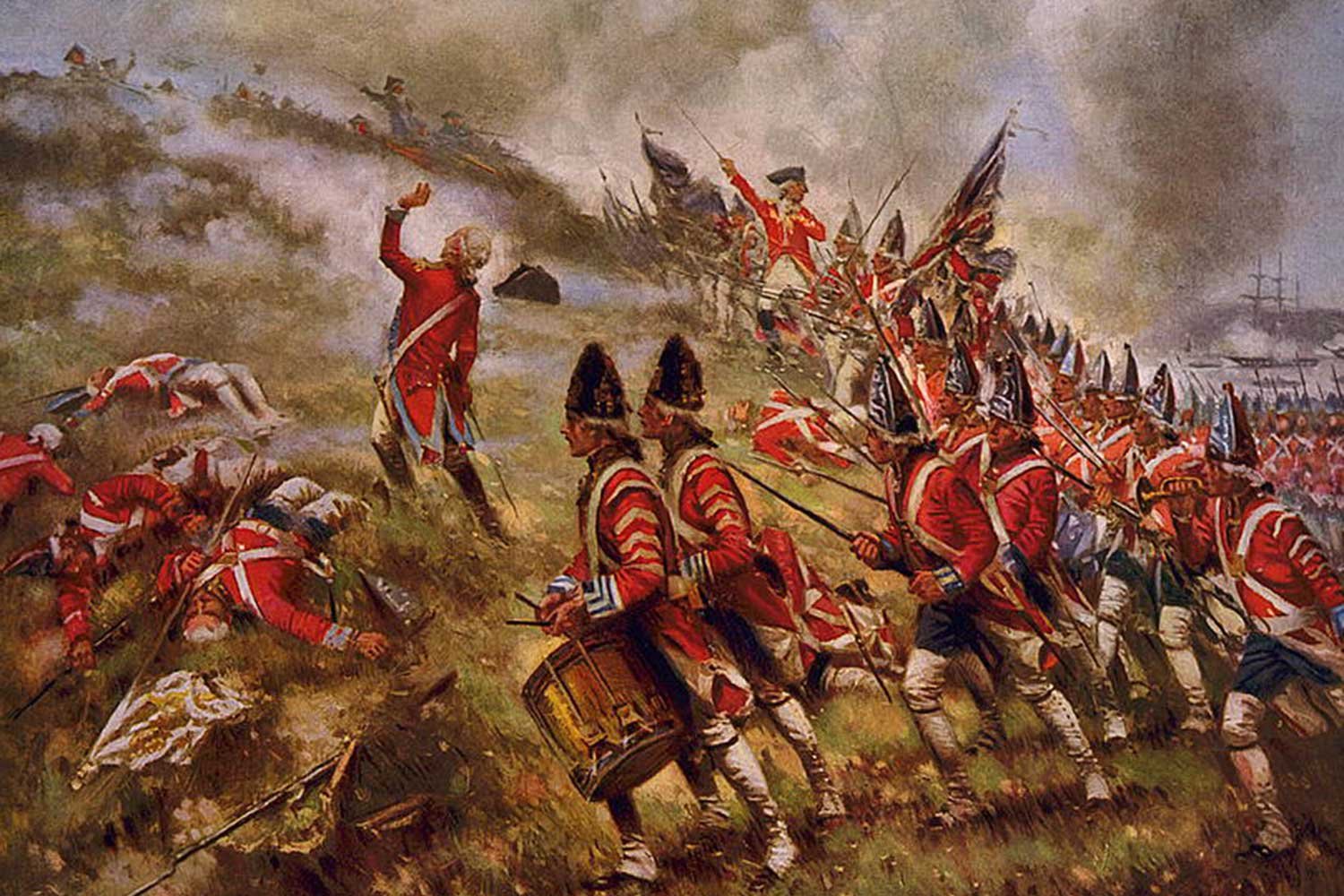

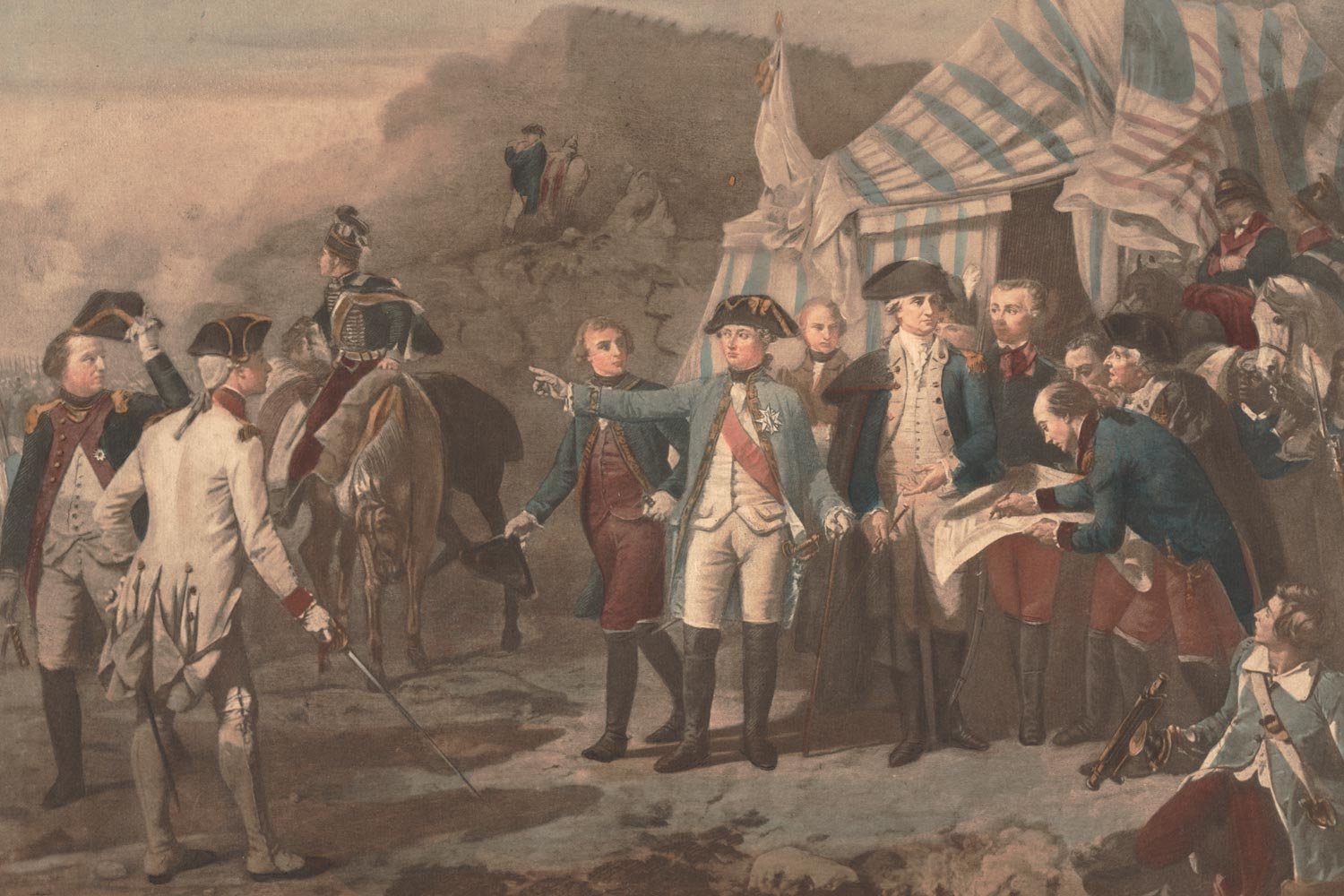
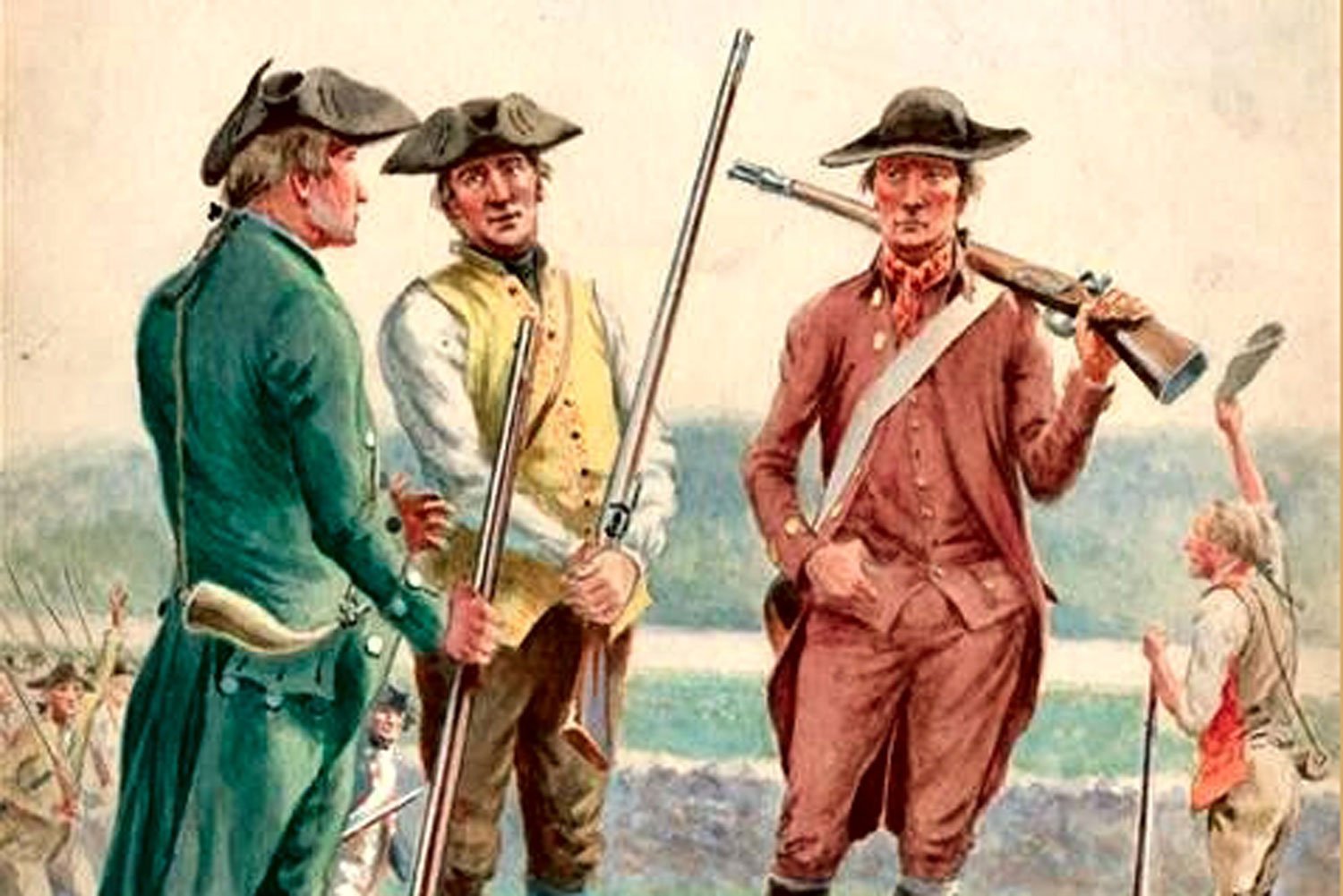
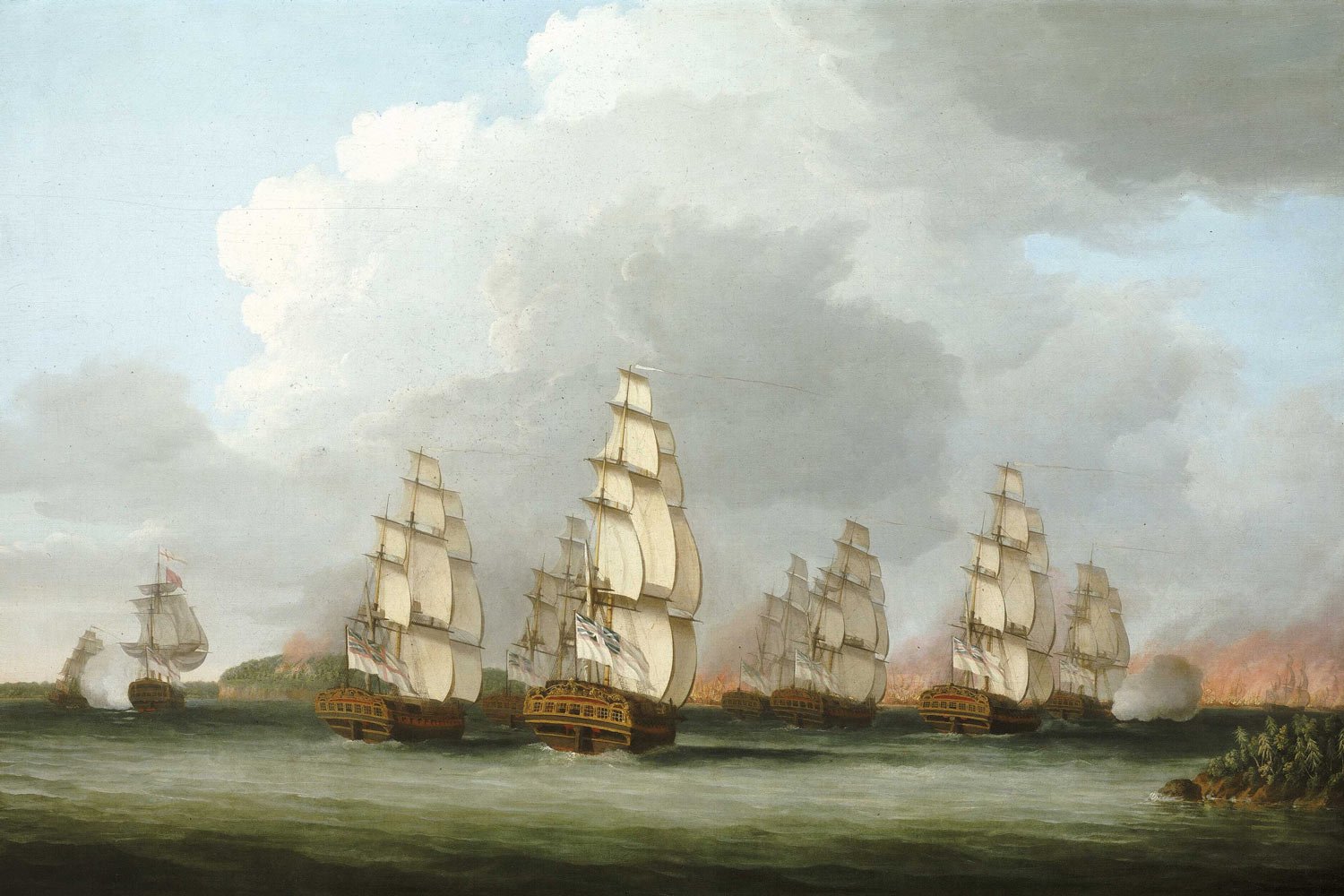
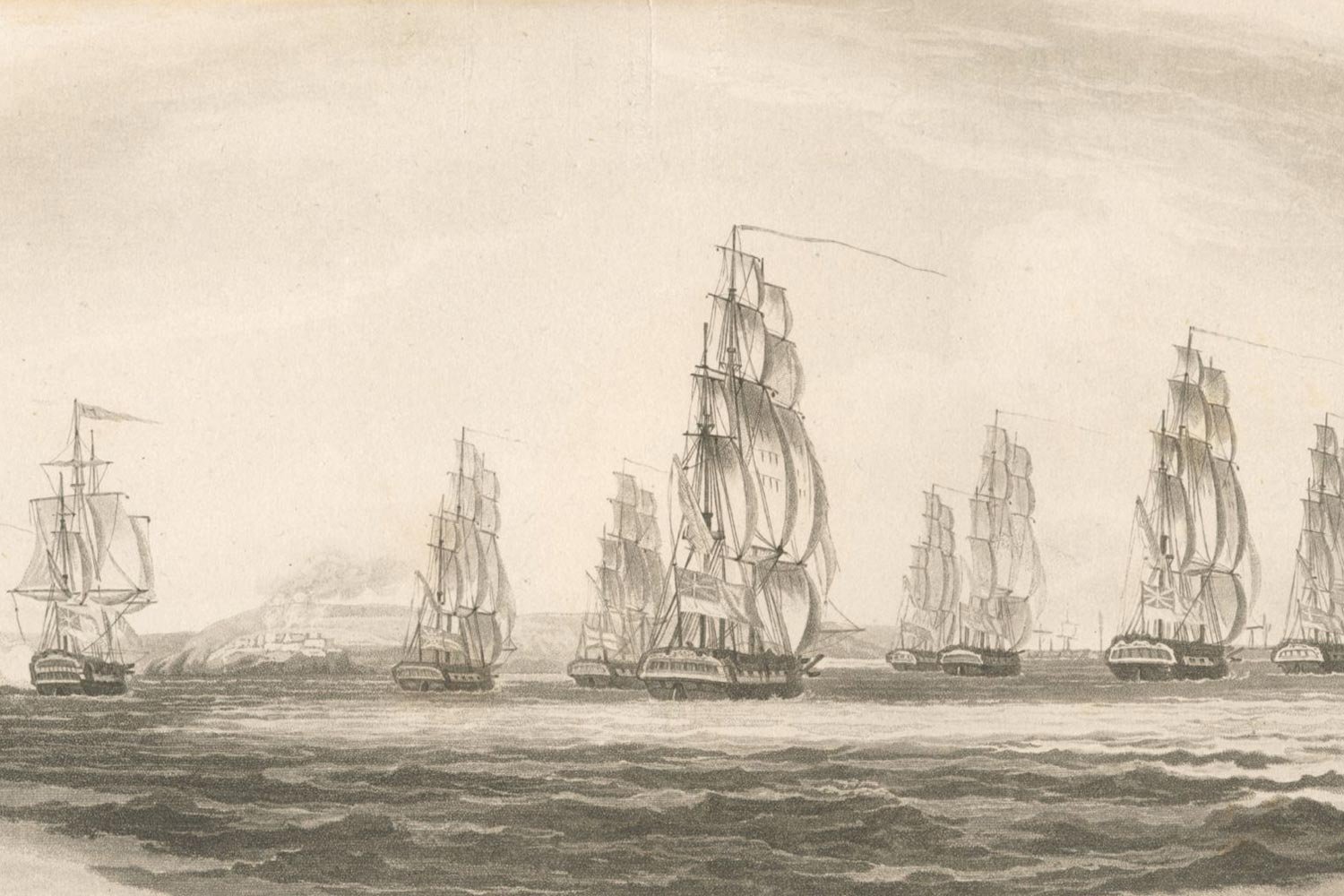

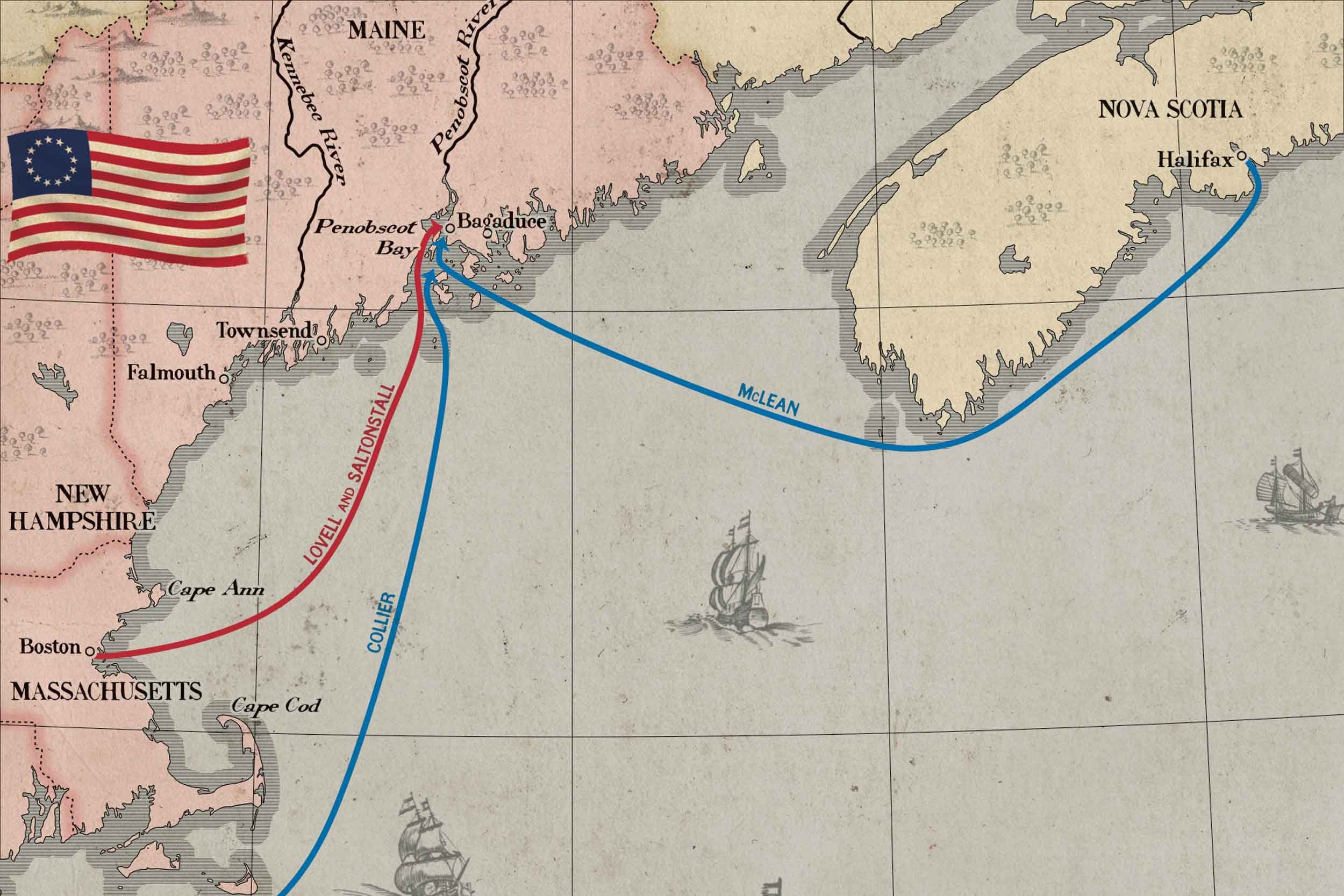
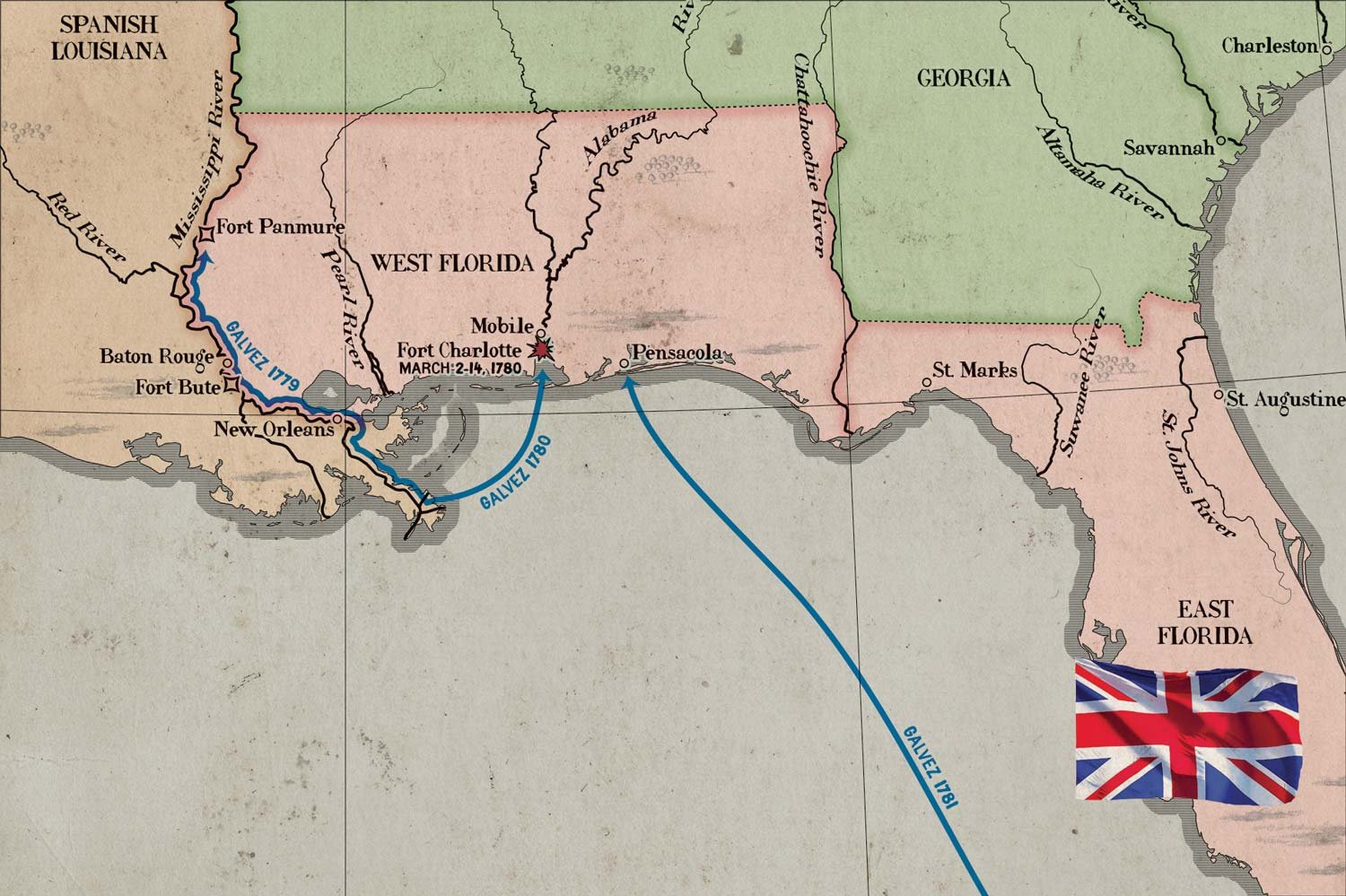
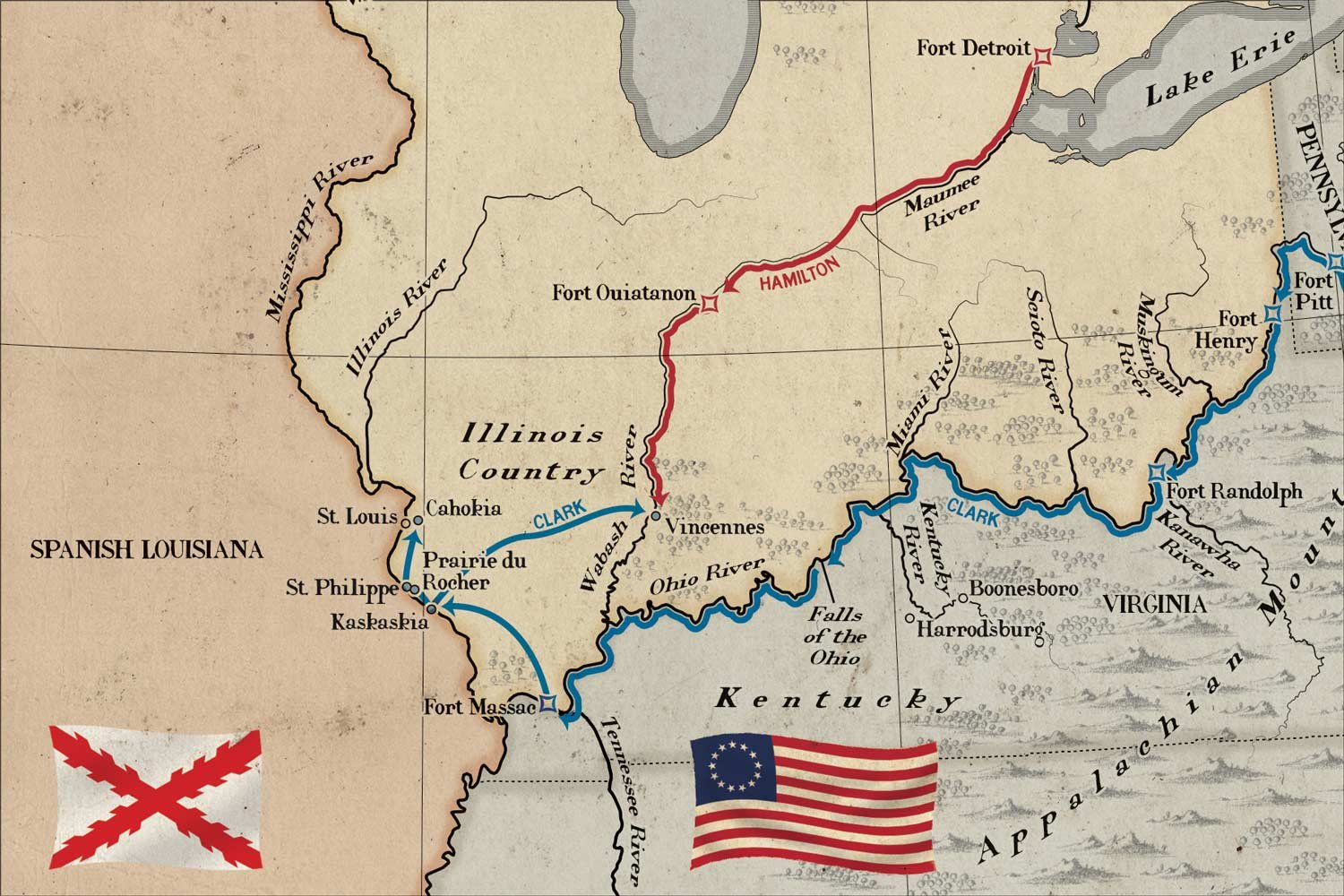
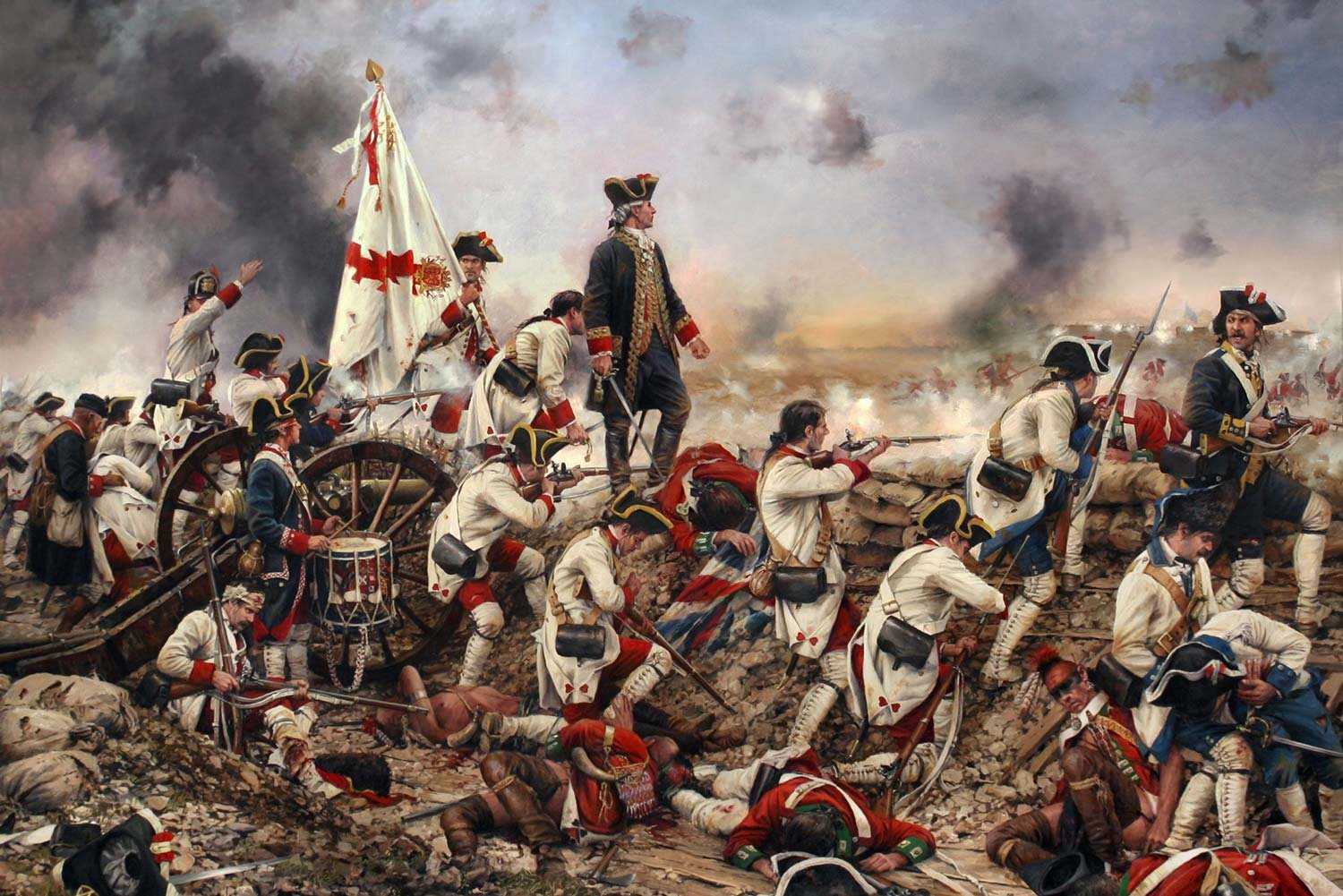
General George Washington led his Continental Army and the French Army under General Jean-Baptiste de Rochambeau into Virginia in mid-September 1781. The combined force was on its way to Yorktown and its appointment with destiny with the entrapped British command of General Lord Charles Cornwallis.